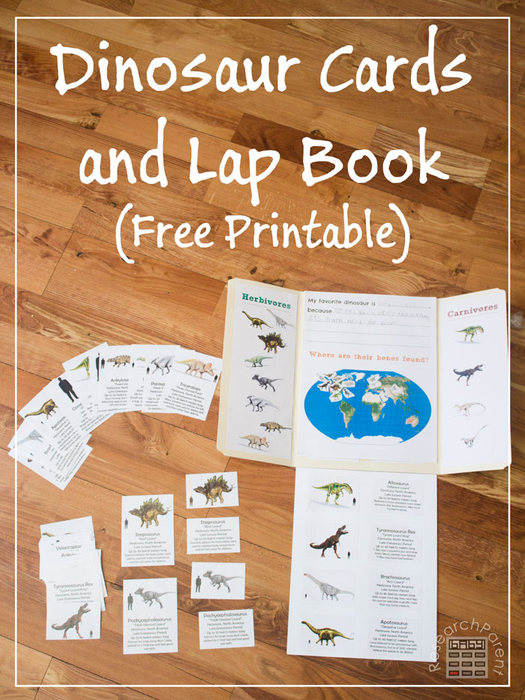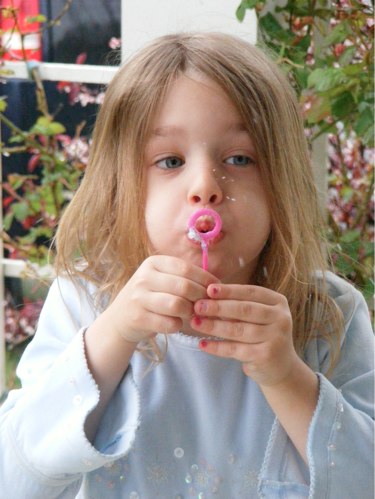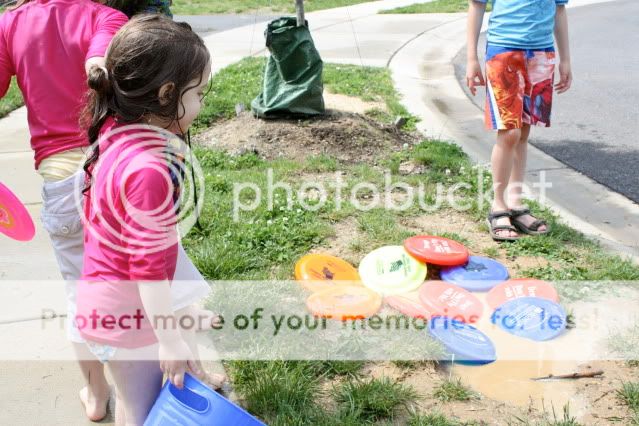Growing up in Florida, I had no idea what a “snow day” was until I moved up north. I also had no idea of the importance of snow day activities, until I spent a winter stuck inside a tiny apartment with my toddler.
I also became very familiar with this routine:
- Dress all the kids up for snow (30 minutes)
- Watch kids play in the snow (10 minutes)
- Make kids hot chocolate after they come in the from the snow (20 minutes)
- Clean up all the wet clothes/ socks/ boots, toys, etc (2 hours)
I realized that I needed a Snow Day Plan, a list of activities that would keep my kids busy when they weren’t outside playing in the snow.
If you are going on week three of winter break, need activities for your kids because school’s been cancelled again, or maybe you live in Florida and want some fun snowy activities keep reading. I’ve compiled a list snow day activities for you.
Most of these snow day activities are simple, quick to put together, and use items you already have in your home.
101 Snow Day Activities
Snow Day Book List
- The Snowy Day
- The Mitten
- Animals in Winter
- Tracks in the Snow
- Snow
- Elmer in the Snow
- Snowballs
- Katy and the Big Snow
- Winter Days in the Big Woods
- The Poky Little Puppy’s Wonderful Winter Day (A First Little Golden Book)
- Fancy Nancy: There’s No Day Like a Snow Day
- The Mitten
- The Story of Snow: The Science of Winter’s Wonder
- Winter: An Alphabet Acrostic
Worksheets & Free Printables
- Winter Elementary Printables
- Snow and Ice preschool printable pack
- The Snowy Day printables
- Winter Word Search
- Winter Mad Libs
- Snow Adjectives Worksheet
- Christmas Worksheets (Elementary)
- Snowman Preschool printable pack
- Winter Fun tot printable pack
- Montessori Winter Math Activities
- Christmas Worksheets (Preschool)
- Snowman Preschool Pack
- Snow Day Worksheets
Winter Crafts
- Snow Painting
- Frozen Build a Snowman
- Can Lids Winter Craft
- Christmas TicTacToe
- Toilet Paper Tube Snowman Craft
- Polar Bear Paper Plate Craft
- Marshmallow Snowman
- Snowman Pointillism Art
- Penguin Handprint Craft
- Snowman Counting
- Snowflake Painting
- Snow Playdough
- Snow Paint
- Popsicle Stick Puzzles
- Crystal Snowflakes
- Pasta Snowflakes
- Memory Mitten
- Q-tip Painted Snowflakes
Outside Activities
- Physical Education Ideas for the Winter
- Crafty Hummingbird Feeder
- Pinecone Bird Feeder
- Rainbow Glass
- Create a Snow Maze
- Hula Hoop in the Snow (it’s a lot harder than it sounds!)
- Build a Snow Fort
- Snowball Fight
- Blow Bubbles and Watch them Freeze (must be below 32 degrees)
Inside Activities
- Winter Sensory Bin
- Arctic Animal Sensory Bin
- Build a fort from all the leftover Christmas boxes
- Snowman Slingshot
- Build an Indoor Mini Golf Course
- Indoor Snowball Fight
- Block Bowling
- Tic Tac Toe (Reindeer vs Rudolf)
- Paper Plate Ring Toss
- Sponge Blocks
- Cup & Jingle Bell Game
- Make Your Own Snow
- Melted Snow Experiment
- Indoor Hopscotch
- Snowy Toy Car Ramp
- Winter Storm Tracker
- Snowman Bowling
- Roll a Reindeer (dice game)
Snacks
- Snow Ice Cream
- Starbucks CopyCat Hot Chocolate
- Homemade Carmel Corn
- Snowman Popcorn Cups
- Nutter Butter Reindeer
- Snowman Pizza
- Candy Cane Cookies
- Banana Snowmen
- Snow Muffins
- Melted Snowman Cookies
- Penguin Snack (Oreos)
- Snowman Party Poppers
- Marshmallow Snowmen
- Reindeer Chow (Chex Mix)
- Snowman Pancakes
- Maple Syrup Taffy
- Penguin Snack (healthy)
- Snowman Rice Krispie Treats
- Pretzel Snowmen
- Snowman Veggie Tray





























































